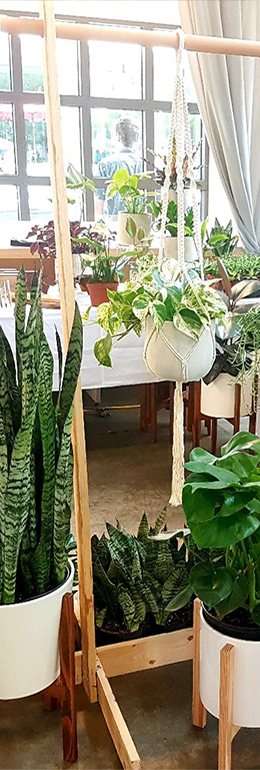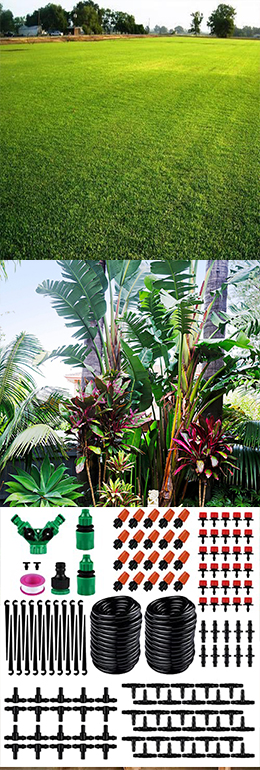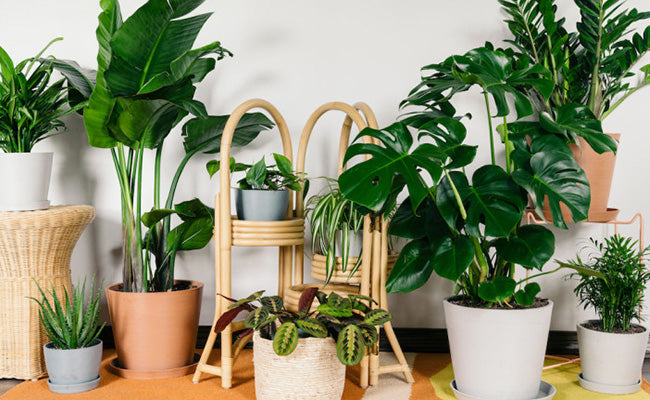Plants & Flowers, Trees
Caring for plants in hot weather
Caring for plants in hot weather

When temperatures rise to an extreme in summer 40-50°C, plants will undoubtedly be adversely affected. With proper care, the plant’s suffering or death will be reduced. Let’s see how plants tolerate high heat. Some plants, such as succulents, are congenitally adapted to tolerate heat by retaining water in their thick leaves, while others, the vast majority of plants, do not have this property, and therefore they will suffer from high heat. In general, the effect of heat on the plant will be seen through wilting, which is a significant sign of a decrease in the amount of water in the plant. If this sign is ignored, the condition will progress until the plant dries up and dies, and in some cases, the leaves will turn yellow before death.
It can also be known that the plant is affected by heat from falling leaves, especially in trees – it should be noted here that some trees drop their leaves naturally at a certain time of the year. One of the most important ways to take care of plants during times of extreme heat is to increase watering, especially for plants in the basins, which are abundant until they appear from the drainage holes. Water is irrigated twice a day, if necessary, in the early morning hours and at night, with no irrigation at noon and heat, as evaporation is accelerating at this time. The rule is to test the moisture of the soil with your hand before you water the plant so that the roots do not rot from excessive moisture and watering.
Also, the plant should not be moved at these times. It is preferable to shade the outside plants to avoid the scorching rays of the sun.
It is recommended to use the spray to spray indoor plants during a period of high temperature while avoiding spraying flowers and parts very close to them such as cannabis (colored leaves under some flowers).

 العربية
العربية


